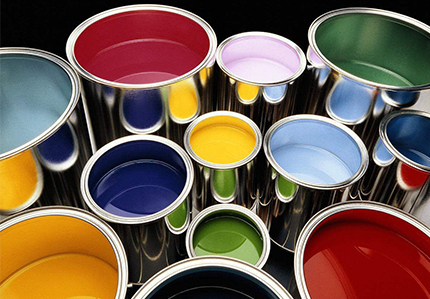The silanes can be blended into an adhesive formulation or used as primers on substrates. The structure and reactivity of the silane will affect the ability of the silane to migrate.
The most effective way to promote adhesion is to apply the silane as a primer to the surface, followed by the silicone coating. In this way, the silane will be on the surface and therefore at the interface where it can enhance adhesion between the polymer and the substrate. Silane primers are usually dilute solutions of 0.5 to 5 percent silane in alcohol or water/alcohol solvent. They are wiped or sprayed on the substrate, after which the solvent is allowed to evaporate. While the concentration needed for a specific application may vary, one percent (1%) based on resin content is recommended as a good starting point. The primer must dry completely before applying the coating.
As Primer
Pretreat substrate with silane. Very efficient use of silane for adhesion promotion, not efficient resin crosslinking (minimal stability problem), two step process.
Primer Application Method
Dissolve 0.5-5.0 weight percent silane in a compatible, volatile solvent (or mixture). Alcohols are most commonly used, for water compatibility.
Equal parts water (based on silane) may be added to prehydrolyze silane if water is compatible with the solvent. If primer is to be used immediately, the solution may be acidified.
Apply to clean, grease-free surface.
Wiping, spraying, brushing, dipping
Film thickness < 0.1 mil
Solvent removal by drying at 50-60°C for 10 min.
Protect surface from contamination and coat within 24 hr.
Integral Blend
Mix silane into coating formulation. Much better for crosslinking, also good for adhesion promotion. Possible silane hydrolysis and condensation on storage. Most customers will do it this way.
Integral Blend Method
a. moisture content of matrix polymer
b. reactivity of silane to matrix polymer
 English
English 日本語
日本語 한국어
한국어 français
français Deutsch
Deutsch Español
Español italiano
italiano русский
русский português
português العربية
العربية tiếng việt
tiếng việt